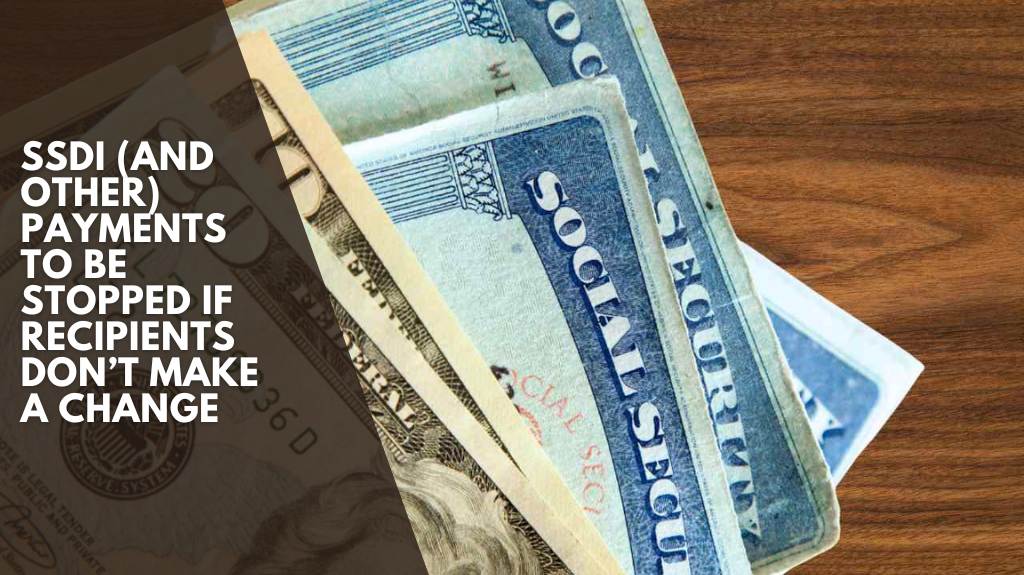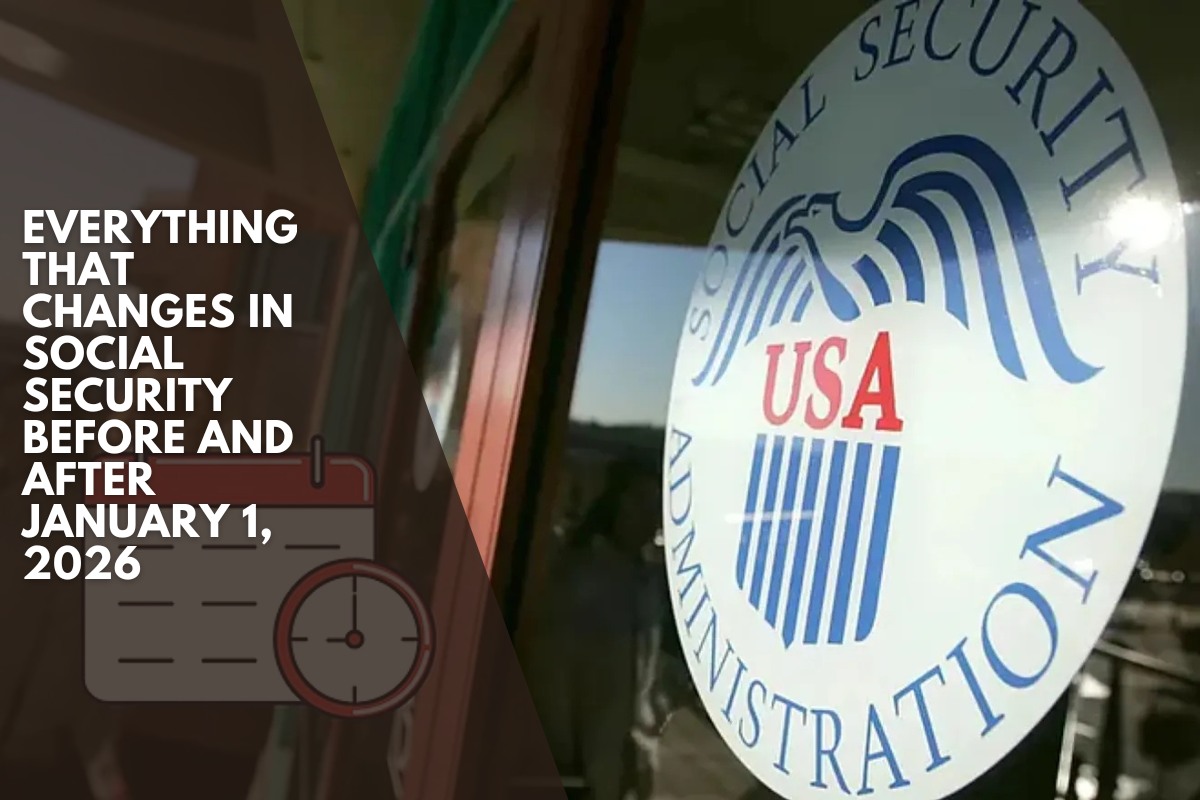For millions of Americans who rely on Social Security Disability Insurance (SSDI) or Supplemental Security Income (SSI) benefits, knowing when their payments will arrive is crucial for managing their finances. As we move into July 2025, there are some important updates and deadlines that beneficiaries must be aware of—especially concerning the transition to electronic payments.
July 2025 SSDI and SSI Payment Dates
For SSI recipients, the payment date is predictable and fixed: they received their July payment on Tuesday, July 1st. SSI payments are always made on the first business day of the month, or the last business day of the previous month if the 1st falls on a weekend or holiday.
For SSDI, the payment schedule is a bit more complex, and it depends on when recipients began receiving benefits and their birth date. Here’s how the payments are structured for July 2025:
If you began receiving benefits before May 1997, your payment will be on Wednesday, July 3rd. If your birthdate falls between the 1st and 10th of the month, your payment will be issued on Wednesday, July 9th.
For those born between the 11th and 20th of the month, your payment will arrive on Wednesday, July 16th. Finally, if your birthdate falls between the 21st and 31st, you’ll receive your payment on Wednesday, July 23rd.
For those who use direct deposit, funds will typically be available in their accounts by noon on the scheduled day.
How Much to Expect from SSDI and SSI Payments
The amount of SSDI and SSI payments can vary significantly depending on individual circumstances.
For SSI Payments: The federal maximum is $967 per month for individuals and $1,450 for eligible couples. These amounts may be reduced if the recipient receives housing or food assistance. Some states also offer additional supplements to SSI recipients, so it’s worth checking with local agencies for more details.
For SSDI Payments: SSDI benefits are based on an individual’s work history and earnings, and the average monthly payment for 2025 is around $1,580. However, the amount can vary widely. Some individuals with long careers and high earnings may qualify for the maximum monthly amount of $5,108. Most SSDI recipients, however, receive between $1,200 and $2,000 per month.
Important Note: While SSI benefits are typically not taxable, some SSDI recipients with additional income may be subject to federal taxes. The maximum possible taxable SSDI payment for 2025 is $4,018 per month.
The End of Paper SSDI Checks
Starting in July 2025, the Social Security Administration (SSA) is in the final phase of its plan to completely eliminate paper checks. This plan, which began in 2013, will transition all payments to electronic methods.
From now on, all SSDI and SSI benefits will be delivered via direct deposit into a bank account or a Direct Express prepaid card, which is offered free of charge to those without a bank account. The shift to electronic payments is expected to:
Reduce administrative costs.
Minimize fraud.
Prevent loss or theft of physical checks.
Speed up the availability of funds.
The SSA strongly encourages all beneficiaries who are still receiving paper checks to update their payment method immediately. If they do not make this change by September 2025, they may experience interruptions in their payments.
How to Make the Switch to Electronic Payments
If you’re still receiving a paper check, you’ll need to make the change before the deadline. You can update your payment method in the following ways:
Online: The SSA’s online portal is the quickest way to make the switch. Simply log in to your account and follow the prompts to set up direct deposit or a Direct Express card.
By Phone: You can also call the SSA at 1-800-772-1213 for assistance.
In-Person: If you prefer, you can visit your local SSA office to make the change.
The SSA has ramped up its informational campaigns, especially targeting older adults and individuals with disabilities, to ensure a smooth transition.












